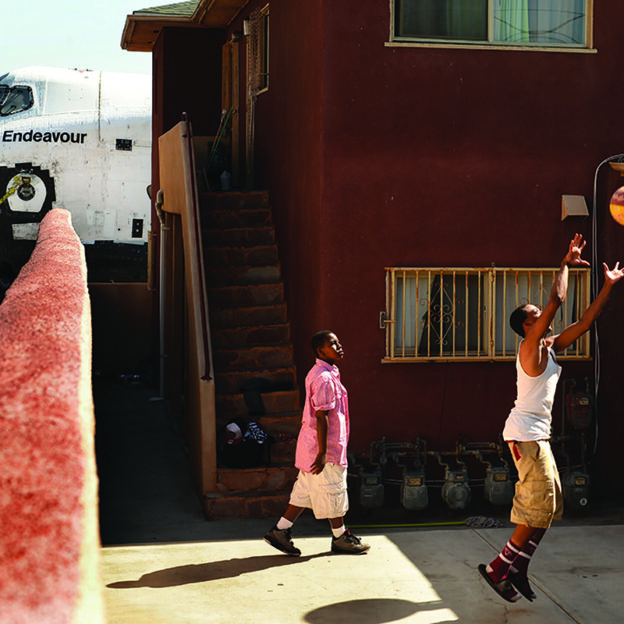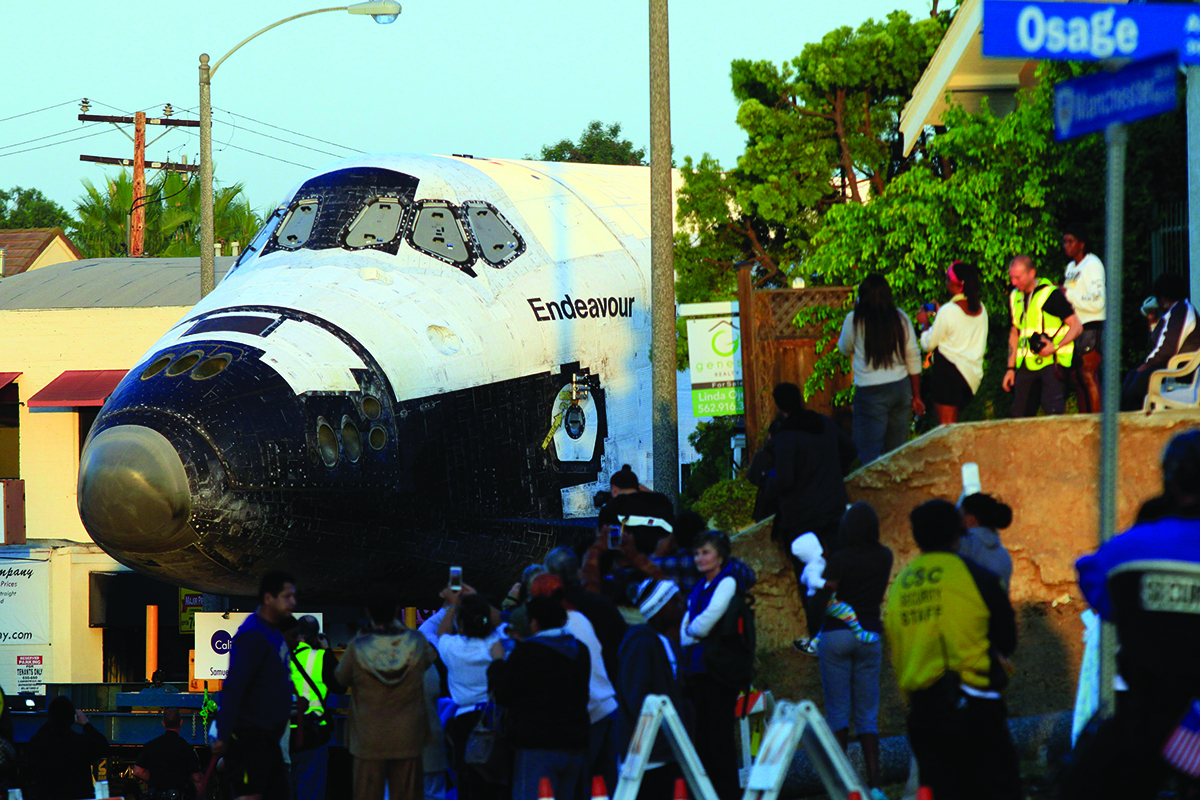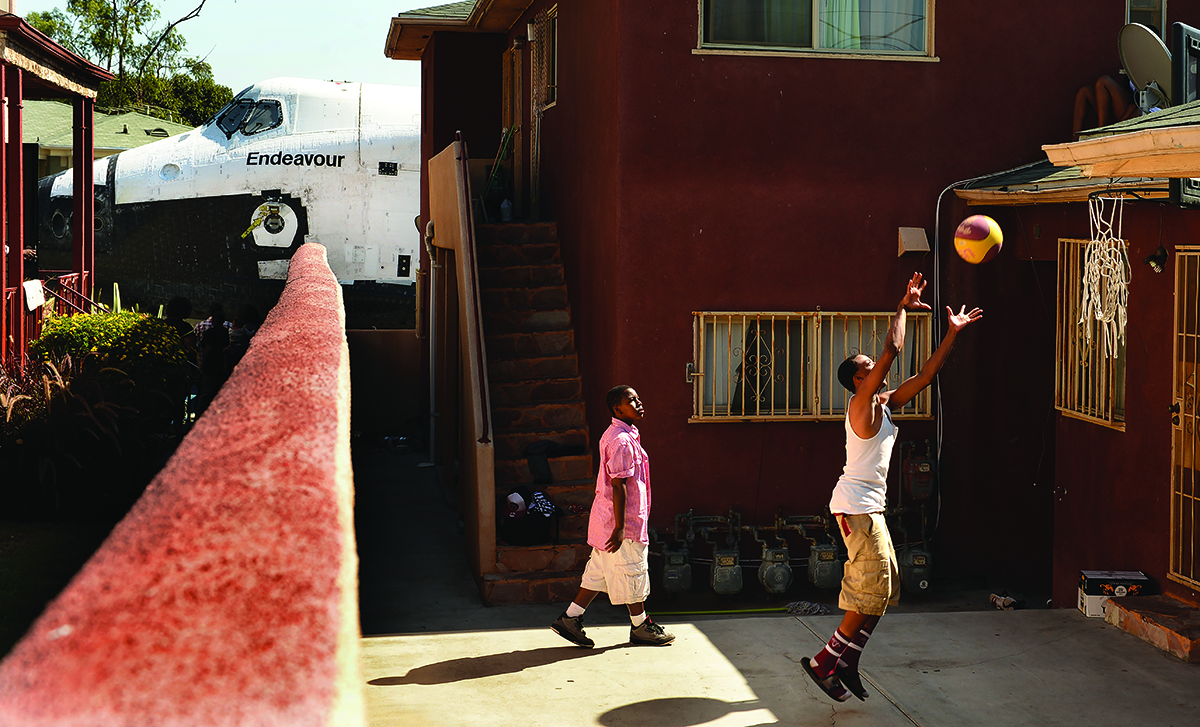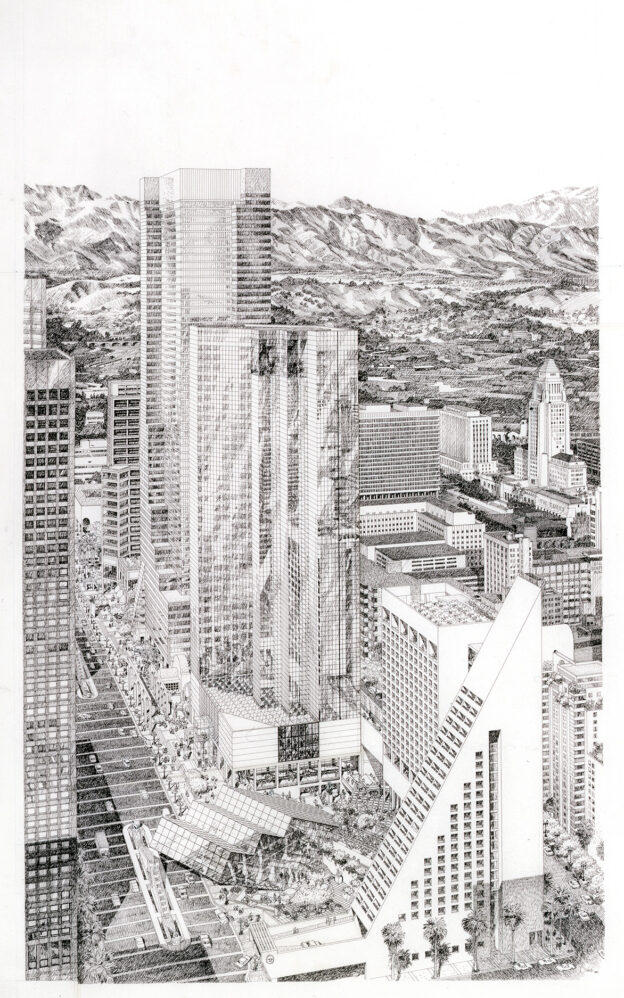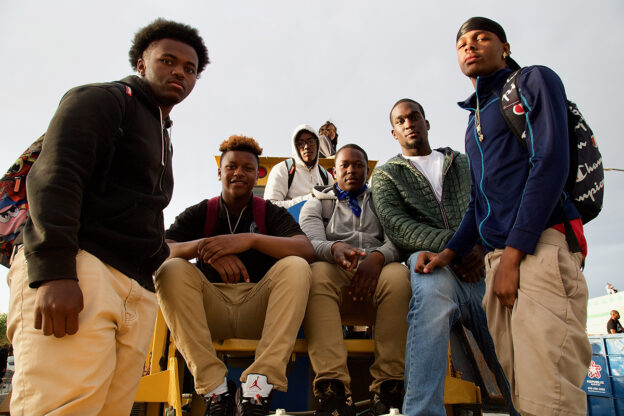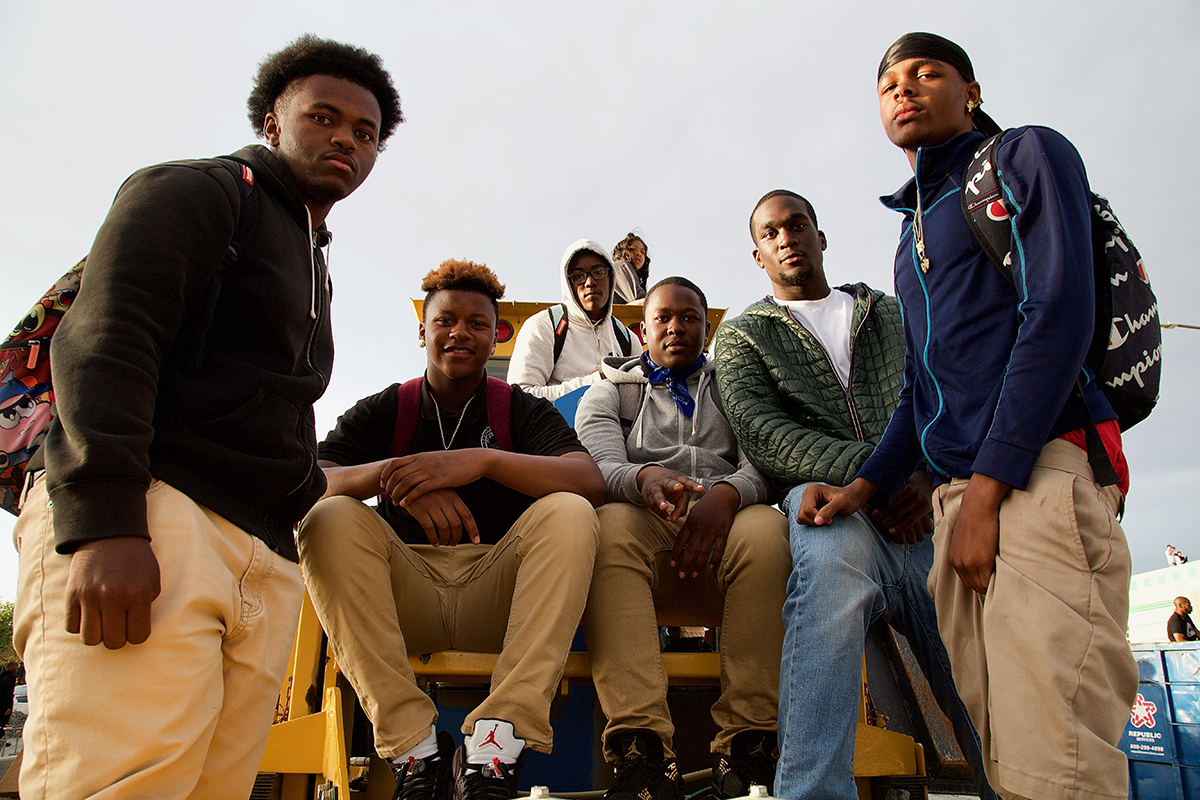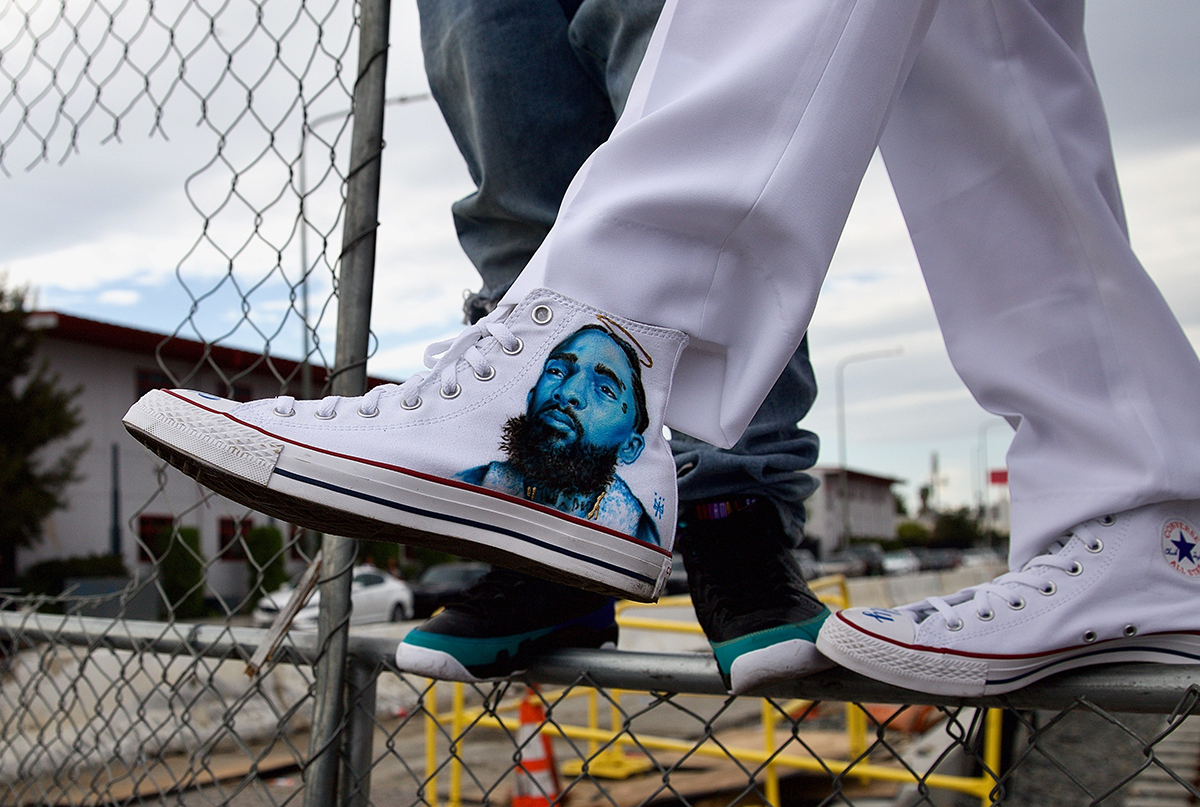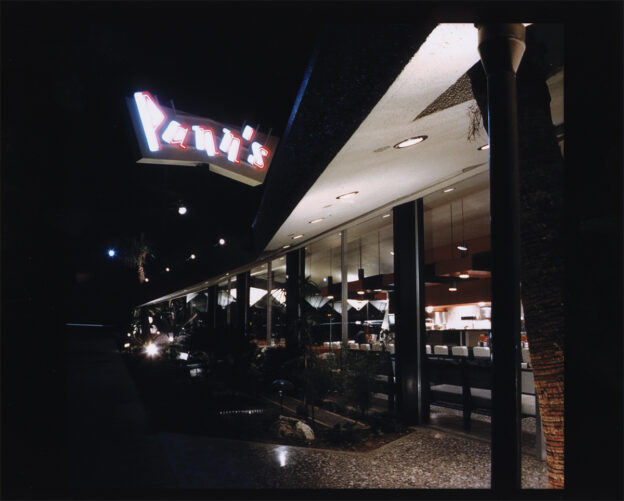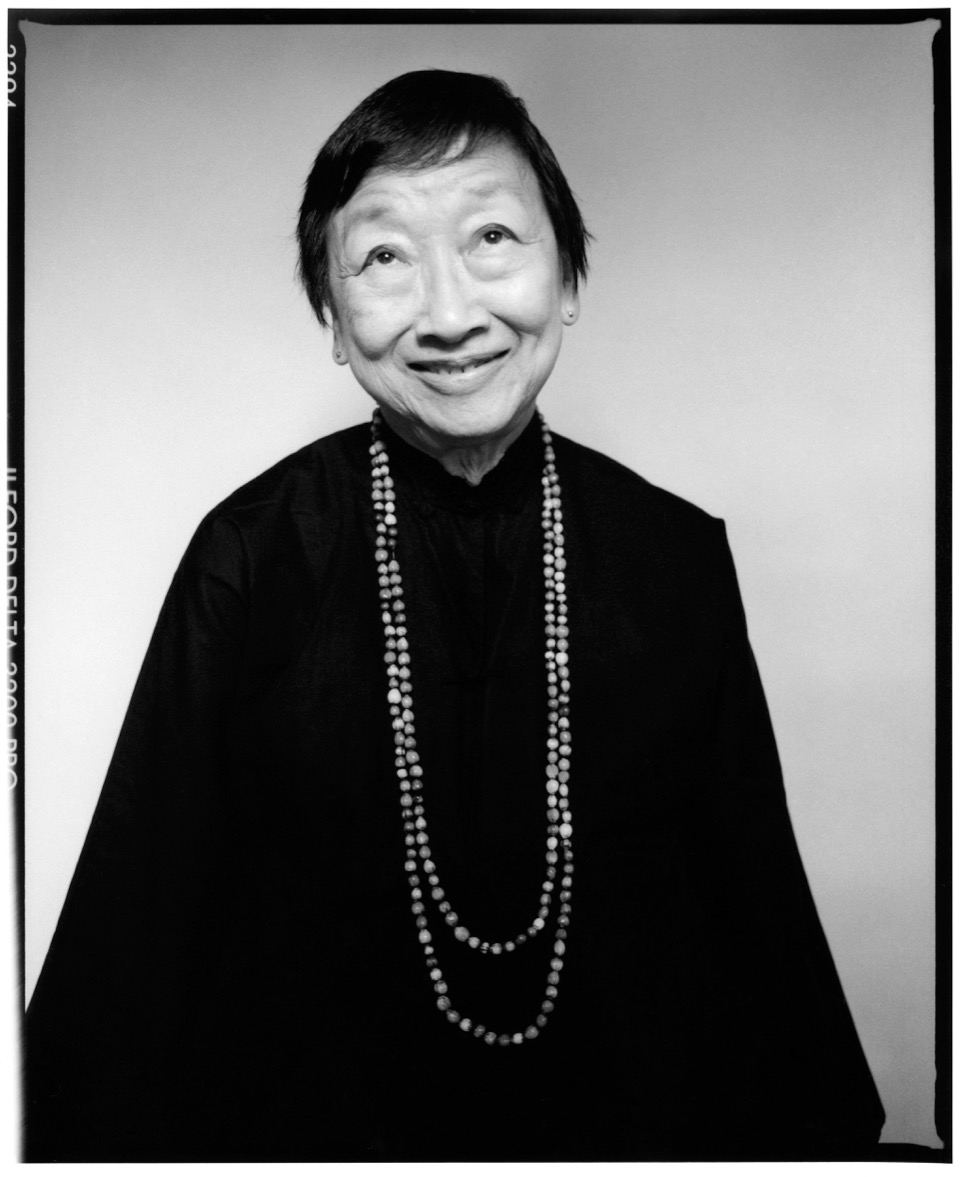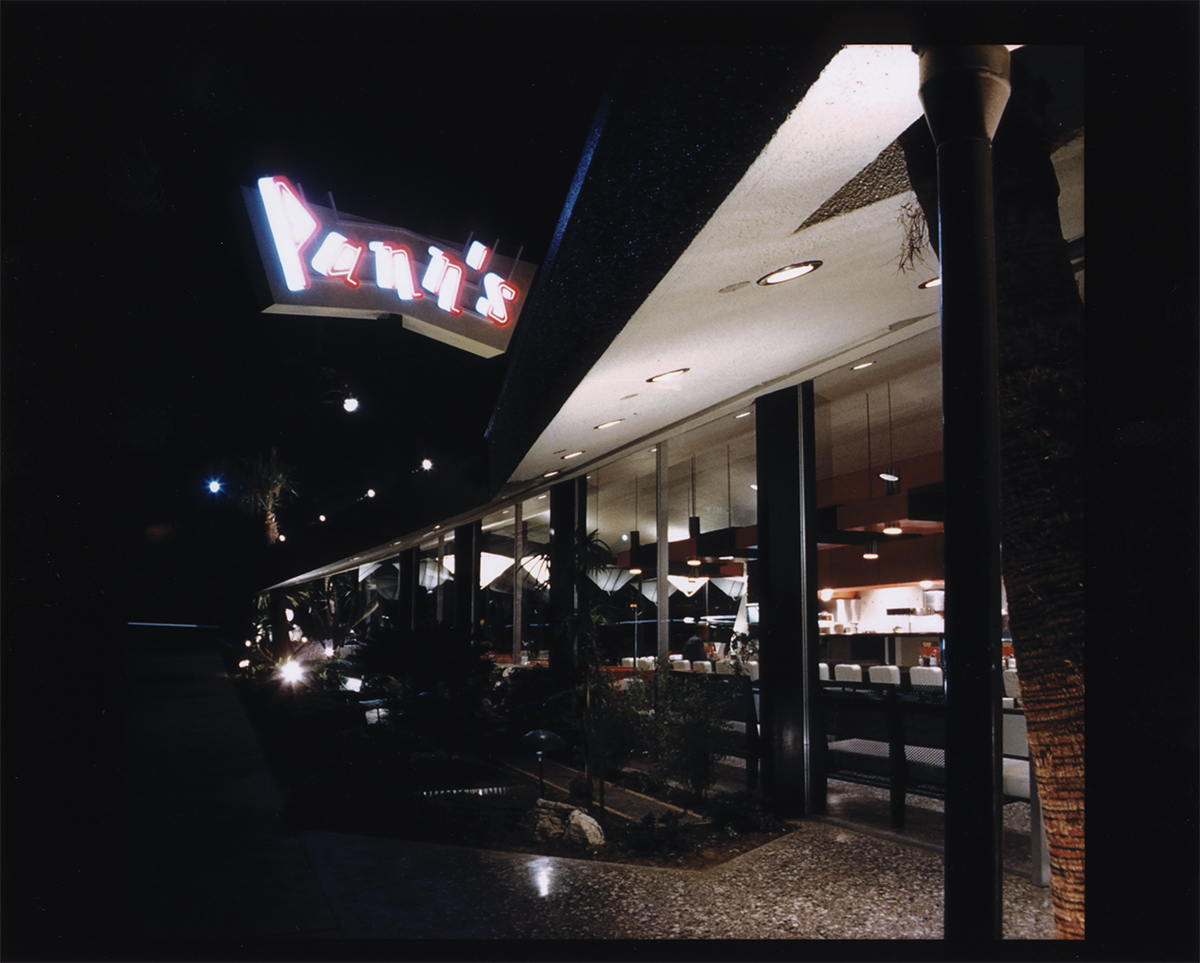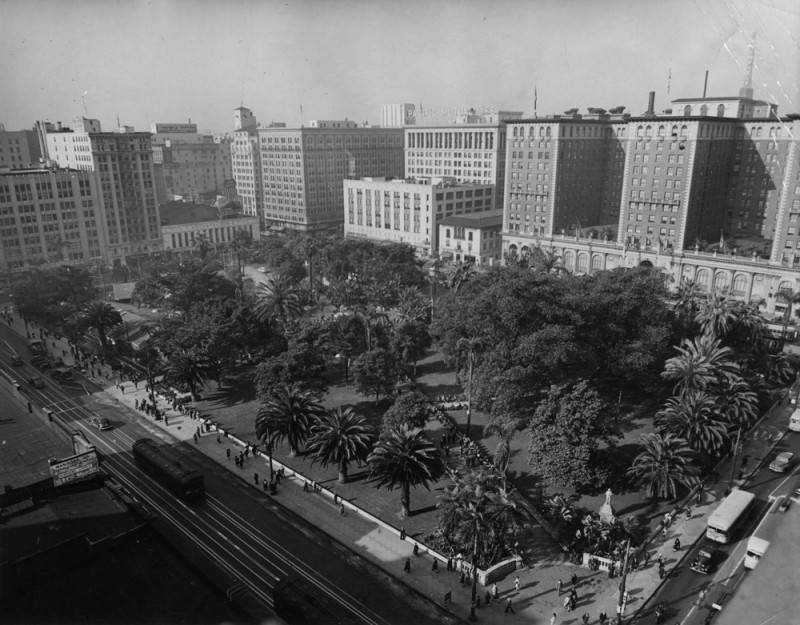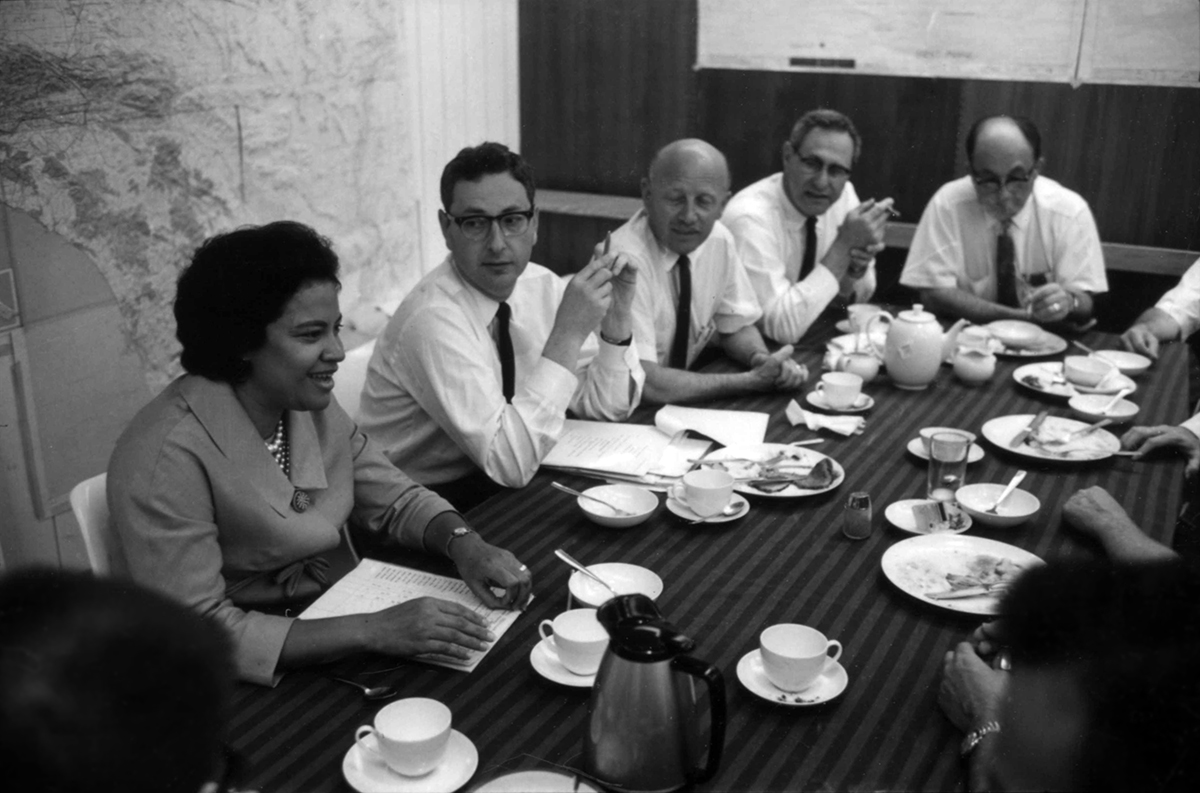Junípero Serra was born Miquel Joseph Serra on November 24, 1713, in the village of Petra on the island of Mallorca in the western Mediterranean. The son of a farmer, Serra spent his early childhood working the family’s land and attending a Franciscan school situated just down the street from his home. At an early age Serra moved to Palma, Mallorca’s main city, and began studying for the priesthood. When he joined the Franciscan order, he took the name Junípero in honor of one of the early followers of Saint Francis of Assisi.
In 1749, Serra and several other Mallorcan Franciscans decided to answer what they believed was a divine call to go to Mexico as apostolic missionaries. Serra arrived in Mexico City on January 1, 1750, and soon thereafter was assigned to the Sierra Gorda region of northern Mexico, where for eight years he oversaw five missions and supervised the construction of more permanent mission structures. As part of his work in the Sierra Gorda, Serra served as a comisario (field agent) for the Spanish Inquisition.
Spanish officials soon became worried that Russians or other Europeans might attempt to settle the coastal region north of Baja California and thereby threaten Spain’s interests in northern Mexico. The Crown therefore called on Serra to establish and oversee missions in San Diego, Monterey, and points in between. Serra, in the company of other Franciscans and dozens of soldiers, worked his way north from Baja California and established Mission San Diego in the summer of 1769. The following year, he established a mission in Monterey, and he and Gaspar de Portolá, the leader of the military in Baja California, took possession of Alta California for Spain.
Serra believed that Natives should accept Catholicism as the one true religion, adopt European agriculture to sustain themselves, and live their lives at the missions, “under the bell.” Franciscans resorted to coercion and physical punishments to force Natives to follow Catholic precepts, remain in the missions, and provide the labor necessary to maintain them. While some Native peoples may have been taken by Serra’s vision, others resisted, sparking rebellions of varying intensity at all of the missions. At the same time, however, there was a blending of cultures in colonial California. Natives brought their own cultural traditions of food, music, art, and basketry to the missions, elements of which made their way into mission diets and Catholic liturgical music, paintings, and decorative arts.
By the time Serra died in Mission San Carlos (modern-day Carmel) in 1784, he had stewarded the building of the first nine California missions. The padres could point to impressive Native baptism numbers, but the death registers told another story. Frighteningly high mortality stalked the missions, claiming thousands and thousands of newborns, children, and young adults. Women’s fertility plummeted. The missions became so unhealthy that the populations were not self-sustaining, and it was only by recruiting Natives from greater distances that the missions’ populations grew. By the time the missions were secularized in the early 1830s, more than 80,000 Indigenous Californians had been baptized between San Diego and just north of San Francisco, but almost 60,000 had been buried, nearly 25,000 of whom were children under the age of 10.
Despite this tragedy, by the late nineteenth century, Serra was widely commemorated across much of California with schools, monuments, buildings, and statues dedicated to his memory. He was lauded as a trailblazer for “civilization” and as having laid the foundation for California’s future agricultural bounty and economic growth. In 1931, to much fanfare, the National Statuary Hall in the U.S. Capitol unveiled a statue honoring Serra, and shortly thereafter, a copy of that statue was placed in downtown Los Angeles. By the mid-twentieth century, however, when the Catholic Church began in earnest to promote Serra’s canonization, scholars had begun to make known the demographic toll that the missions took on Native lives and communities, and different understandings of Serra and the missions began to emerge. Further, as more Native voices began to tell their stories about the missions and Serra’s role in creating them, Serra became an increasingly controversial figure. His canonization in 2015 sparked outrage among his detractors, some of whom began to deface and destroy public monuments to him. With the reemergence of social justice movements across the United States following a white supremacist rally in Charlottesville, Virginia, in August 2017 and the killing of George Floyd by Minneapolis police in 2020, calls intensified for the removal of Serra’s statues from public places. In the summer of 2020, many Serra statues were either removed from public places or torn down, as occurred in Los Angeles on June 20, 2020.
William Deverell: This roundtable addressing Father Serra in civic and public memory is not meant to make decisions. This is a dialogue and, like this entire report, is designed to open and encourage conversations across wider communities about the ways in which civic memory practices can be productive of community-building, cohesion, and healing. Could we begin by having you introduce your own engagement with or understanding of Father Serra?
Ernestine Ygnacio-De Soto: As far as Father Serra goes, well before canonization, I had worked at the mission about six years, part-time and full-time. When it was suggested that he may be canonized, people were falling over themselves apologizing, praying for us and for me. They asked for my opinion. I said that I had nothing negative to say except that canonization would end up justifying everything that happened to us. We have had trauma; we have seen the end of most of our cultural practices. But other than that, I had no complaints. And neither did my ancestors, going back to my great-great-grandmother, María Ignacio. One can consult the records, including those of [the American linguist and ethnologist] J. P. Harrington, and there are no negative comments to be found.
So when canonization occurred, I went along with the flow. Then my daughter fell sick. She was not expected to survive. But prayers to Father Serra—including a relic I rubbed on her—worked. She lived. Needless to say, that altered my view. I do not believe that everything that has gone on, all that has happened, could possibly be put on one man. Think of all the soldiers. Think of all the settlers. One man is to blame for all the actions of all these others? I am sure that there were some good Spaniards in there, but not all. No. Do people believe that we would have remained untouched? That the Russians would not have come into our lives and our villages? We received the Church from the mission era, from Saint Serra. That is our gold nugget.
Donna Yocum: In regard to our people being the first people of this area, we think back on our ancestors—our grandmothers and grandfathers, and all the many generations that have come and gone. The Catholic Church itself has played such a big part in the lives of so many families. As we look back at those that played the major parts, the major roles, in our history, our tribal history, our ancestral history, Father Serra was one of the major players. And for our tribe, our people, we have mixed feelings. We have mixed emotions when we discuss this subject.
From the standpoint of the Indigenous people, we look from the current time and see harm and harmful issues that bring us to today. History should be remembered for its truths. I feel that perhaps Father Serra’s role in our lives, in our ancestral family, was not so wonderful, loving, or kind. I am not saying that there were not times or circumstances that were kind. But when we see the upheaval, the recent destruction of many of the statues, we have mixed emotions.
Andrew Salas: I can tell you, through our oral history, we have our doubts and concerns about the man. I speak of the history of mistreatment. I descend from a family of a prominent man. His name was Nicolás Joseph or Nicolás José. Through my father, we originate from a village near Whittier Narrows, near the first establishment site of Mission San Gabriel.
Through my grandfather, we were raised with history and stories passed down through generations. I come from lineal families that originate with both the Native people and the founding settlers of Los Angeles. My family is tied to great ranchos of vast land, and also the Indigenous villages of this region. It was fear and force that drove my Indigenous ancestors into the missions and into the Catholic faith. They came not because they wanted to. They were forced into the culture and the religion. Of course, we learned the religion, the practices, through time. But there was always the threat of punishment for those who did not participate, who did not want to follow the ways of Serra and the padres. What we feel for and about Father Serra is not what many of you feel. We have a different regard, and, with all due respect, it is not a good feeling. Through memories and stories, we know a different history, a different truth.
Tom Elewaut: I am not an Indigenous person. I come from a Catholic tradition. One of the things that I am concerned about—and I come from a different cultural perspective—is that it appears that atrocities of multiple layers are being dumped on one man. I understand that he brought Christianity here. And like any parent who thinks something is good, they are going to give it to their children.
I understand (and I get criticized for saying this) that the Indigenous people got along just fine before the Spaniards came. They had their own religions and cultures. I also understand that Saint Serra brought what he felt was good for the salvation of souls. I am concerned about character assassination of Saint Serra, in that everything that had gone wrong with colonization and missionization from the Spaniards through […] to the Gold Rush era, when the Indigenous people were so maltreated, is laid at his feet. It is in the American period when the governor [Philip Sheridan] insisted that the only good Indian was a dead Indian.
This is the opportunity for dialogue. I have maintained, for the ten years I have been at the mission, an open dialogue with the tribal leaders of Indigenous communities. We do not always agree, but we communicate openly and respectfully. When I first arrived, I would have dinner with the older generation. They would talk about their lives, but they never said the negative things that I have heard in the last four or five years about Saint Serra. I am not saying that they are not true. But I am concerned about the ways that truth is layered across history. Is it fair to put everything that happened on one person?
AS: I do not believe that we are putting it all on one person. As you say, after Serra, after the Spanish, there were those decades of mistreatment. There were three genocides in California: the Spanish period, the Mexican period, and the American period. I, too, was born Catholic and baptized. I come from people who were among the first to be baptized at Mission San Gabriel. Baptisms, marriages, and burials: we experienced all of these. But it is our belief that the impact of Father Serra on all our people was not a positive one. We are the living proof of those different opinions and different histories.
TE: I understand and appreciate what you are saying, Andy. I would only question the use of a term such as “genocide.” I have to ask if you believe that the padres and the Spanish came to annihilate the Indigenous people? I fully appreciate that the Indigenous culture was upended and changed forever. But I do not believe that the aim was to exterminate the Native peoples.
Steven Hackel: I would like to address the issue of genocide, as it often comes up in discussions about Father Serra. When we think of genocide in the academic and wider worlds, we often think of places such as Rwanda or Nazi Germany. We think of planned campaigns to exterminate ethnic groups in a compressed period of time. We think of attempts to remove a certain group of people from the face of the earth often in very narrow ways and in legalist terms. What I would like to suggest is that if we were to apply a United Nations definition of genocide (which emerged out of the World War II experience) to places like mission-era California, I think we would find that this is not a good fit. This is not to ignore what the Spanish did, but Father Serra did not come to the New World with a desire to exterminate Native peoples.
But, if we were to look at how some Indigenous groups in Canada are reconceptualizing genocide, thinking of it not only as some kind of state-sponsored, industrialized killing campaign, then new insights emerge. Look instead to the effects of generations of cultural oppression, of disease and dislocation, of poverty. We see then that the net effect of missionary policies led to an unmistakable and catastrophic attrition in Native population and culture that collectively, over generations, resembles genocide.
I think that people can talk past one another if they focus too narrowly on technical definitions of genocide. I think all can realize that the missions were very disruptive for Native peoples—for their populations, their beliefs, and their cultures. If we look seriously at what Native life was like in 1830, as opposed to what it was like in 1730, we see a tremendous change. I believe that most people would say it was not a positive change for Native peoples.
AS: I understand. What about the mass graves at the missions? What about another side of the story, how so many of these dead are the result of massacres? We have a different story. We Native people also believe in a divine creator. A creator who made the heavens and the earth and everything in it. We did not need the Spanish or Serra to teach us that. We did not need, we did not ask, to be forced into the missions to learn about the lovable God of Christianity. I do not want to point fingers. I want to explain our view, and I am pleased to be able to do that here today.
DY: I spoke to our elders, asking them for their thoughts on this subject. They have, as I have said, mixed feelings. We want this report to be as inclusive as possible. Our belief is that civic memory is all the stories, all the histories, that make up our lives and that honor our ancestors.
Joel Garcia: I believe that we are speaking now of generational trauma. Trauma from the past will manifest in the lives of the present. Trauma from my grandfather’s time, from my great-grandfather’s time. It keeps surfacing, it keeps coming up in our lived experience. I believe in healing. I have concentrated my work in recent years on the younger generations. I have learned from time spent in Berlin especially how people in Germany have worked so hard to reconcile with their past across the intersections of memorialization and public space. My own family is the product of many traumas. State-sponsored violence in Mexico drove us to Los Angeles. And now this concept of generational trauma is pulling me back to the mission system, the mission era. What are we to think of the implementation of the mission system, primarily at the hands of Father Serra? How are we to talk about it, to reconcile different stories and histories?
I learned in Berlin that we must create the space to have difficult conversations. We have to acknowledge the different views and the fact that we may not be able to understand one another’s experiences or what people have gone through, generation to generation. I am not going to understand what Donna’s family has experienced, for example. Or what Andy’s family has gone through. But I can accept what they are saying, I can listen to their truths to try to learn and to be respectful. That is part of the work that needs to happen. Until we do that, we are going to continue to speak in binary terms: “Serra was not terrible.” “Yes, he was.”
With Serra, I believe that both sides have valid claims. I believe also that a brand, for lack of a better word, has been created around Serra. And thus, with that brand created, Serra has become a catchall for everything, for all that happened. He is a brand receiving praise, he is a brand receiving anger and pain. He is, I believe, credited for things he did not do, both the good and the bad.
We need, I believe, to move beyond legalistic, post–World War II understandings of the term “genocide,” as Steve has suggested. We have different ways of looking at the term, the concept, and the trauma here in California. We have different timescales. History has worked differently here than, say, Nazi Germany or Rwanda. Ethnocide happened here—the erasure of a culture—and we need to acknowledge that more than we do. We must be more willing to have layered conversations that do justice to the histories of everyone. This is hard work. This mediation is made all the harder because of history’s many layers.
AS: Thank you. You are right. Healing starts with truth. That is all we are asking. I would not pull a statue down, but I understand why people would do it. We drive by San Gabriel Mission, and I see the statue, and little kids ask me, “Whoa, who is that?” I say, “That’s not a good story. We will tell you some other time.” But that’s not right. We should tell these stories to the young people. We can be stewards of a bigger conversation, like we are doing today. We can use conversations like this to have wider conversations about values: what is it that society values, and how can those values evolve and become more humanitarian?
TE: I would like to acknowledge that around 50,000 Indigenous people died up and down the state during the 60 years of the mission era. Following that, the number became tragically and exponentially larger.
JG: I am in favor of process in conversations, process in memorialization, process as a commitment to inclusivity.
AS: Let honesty and the truth be heard. And then people can make up their own minds as to how to feel about one group or another, or one person or another.
DY: Yes, so much of this happened long, long ago. But the effects are real, they are still being felt by so many.
AS: A lot of loss. Loss of a territorial homeland, a place we can call home. We know where our villages were, but these lands no longer belong to us. How can we help but believe that things began with Father Serra?
DY: It was the beginning, for us. Generation through generation and now, to today. We are still trying to deal with the consequences passed down. And we, or the majority of our family, attend the Catholic Church. Many, many of them unto this day. They are torn about it. I talk with the elders and ask how can things be made right, be made better? This is not a monetary issue or concern. This is about healing. This is about a different kind of reparations. Some people say put up statues of our people, too. Others ask what good would that do? But I feel that it is a step toward honest conversation and a step for different histories. Of course it is about more than statues. But that would be a step toward a wider truth. Let us be able to speak of our history, let us remind so many people in Los Angeles that we were here. And that we still are here.
SH: As an educator, I would add that we need to do a much better job teaching California history. Father Serra is viewed as California’s Columbus. To many, he is the person who has become the lightning rod for everything bad that has happened to Native people in this state before 1850 and after 1850. We need to do a better job educating people that the arrival of Serra and the missions was merely the beginning of a much longer, tragic period for Indigenous Californians. I believe that Father Serra never imagined a world without Native people in it. That was not his worldview. Yes, he wanted to convert the Indigenous people to Catholicism, to make them subjects of the Spanish King. He wanted them living in the missions as Spanish subjects under his God.
But when Anglo Americans came here during the Gold Rush, their vision was completely different. Theirs was a vision of obliteration. They could not imagine the world with Indians in it. And it was under their rule that genocide—as we understand state-sponsored massacres and mass killings—was practiced. By comparison, the Spanish had an inclusive worldview, even though it was not benign. The Protestant English did not; they had an exclusive worldview. We lose the distinctions, I think, in the accumulated generations of tragedy and loss. Making this better will require more voices, more histories, more care, and more listening.
AS: Thank you. This is what we need. We just want to remind everyone of what we have experienced, across time, across California, across the generations.
JG: We will have misunderstandings. We will have disagreements. But we can all commit to that aim to share an infrastructure or an ecosystem within the public realm where truth can flourish. That will help all of us in moving forward and making progress. And part of that will be a full reckoning of the pain of Indigenous people over the last half a millennium.
AS: After this conversation, I guarantee you, we feel good about ourselves because we are able to be the voice of our ancestors.
TE: You have invited a churchman to this conversation, and I will speak as a churchman. All this will take time. It will take many conversations like this one. We take to heart all that has been expressed here. Following the canonization of Saint Serra, the Catholic Church redirected its fourth-grade curriculum, its mission curriculum, with critical consultation from Indigenous people. It may not be a perfect curriculum, but it does a better job of telling the story and history of the Indigenous people of California. As with today’s conversation, it begins with respect. Respect, for instance, for the Indigenous people, their ceremonies, opinions, and cultural practices.
I was recently appointed as the director of historic mission sites for the Archdiocese of Los Angeles. This is a liaison position, and my obligation is to be in direct contact with Indigenous representatives about any changes being contemplated to mission lands or buildings. I am also committed to helping preserve Indigenous culture and cultural practices in all ways that I can. Slowly, little by little, we are making progress, and respect is our foundation. We have dialogues and discussions about ceremony, about Saint Serra. We all came to a respectful and I think correct decision to bring down the statue of Saint Serra. It was a painful matter for the Indigenous people of our region, and we wished the statue to be treated respectfully and not come down through violence.
EDS: I would not put Saint Serra in the public right now. He needs to be protected. I would put him in the churches, and maybe not even outside. Perhaps in a sacred garden within the walls of the church.
AS: When we travel to the missions, we see only statues of padres and the Spanish. But what about those good people, like my own great-great-grandfather? Why not a statue of him? People could come by and ask, “Who is that?” Then we could share our history, we could open up the past to other people, other stories.
TE: And maybe some tribes will not want a statue of a person; maybe they will choose a bear or some other animal. And that’s OK, that is their history, their story.
EDS: Children build their missions in school. But why not a Chumash village or dwelling? Isn’t that history, too? We need Chumash village kits for fourth-graders. The mission gifts shops should tell our stories, too. And I would like to see Chumash statues. I would like to see a Chumash woman, an elder, standing next to a statue of a seven-foot bear, with her hand on its back. That would be important to our culture. But Serra, too. He can be there.
TE: We are working on an exhibit of Indigenous artifacts and tools, and we are being deliberate about our signage in three languages: English, Spanish, and the Chumash dialect. None of this progress and community-building will happen overnight. But we believe it is progress. Mutual respect needs to be where all our dialogues come from. We clergy can show a lack of respect to Indigenous people and their forebears, to their stories and their memories, and I think that is changing. With respect comes healing dialogue, comes speaking and listening, and a realization that the past is not black and white.
SH: We have been speaking of Father Serra in light of civic memory in Los Angeles, and it has been powerful and instructive to be part of these conversations. But the conversation is mainly around missions and Father Serra’s relationship to them and Native peoples. Of course that is a major feature of the story. But I do want to offer what might be more of a historical footnote.
The pueblo of Los Angeles, as you all know, was founded in 1781. Serra died in 1784, and he was very much opposed to establishing Los Angeles as a civil entity, a civil municipality. He feared the impact of such a development as far as the Indigenous people were concerned. He thought that this would be a mistake, that it would compete with the Franciscan influence on Native peoples, and that the civil authorities and settlers would bring great harm to the Indigenous people by forcing them to work on their ranchos and in their homes, and by preying on their women. I think that makes the installation—generations ago—of his statue in downtown Los Angeles an out-of-place act, one not consistent with Serra’s own views about the creation of the pueblo. His letters are full of concerns about what it would mean to establish a civil, settler presence in Los Angeles.
WD: I want to touch briefly on this obligation to teach California history in more inclusive ways, to open it up to more stories and other truths. I am an educator and endorse that, but I also believe that rendering this the obligation of the fourth-grade curriculum, teachers, and students is too big a burden. I think this should be accompanied by a revision of our public realms. It is in public spaces where people most often encounter these broader histories. Civic memory spaces and installations prime people to ask questions, to begin dialogues, and to take curiosity to their classrooms, their teachers, their parents and grandparents, and to one another.
